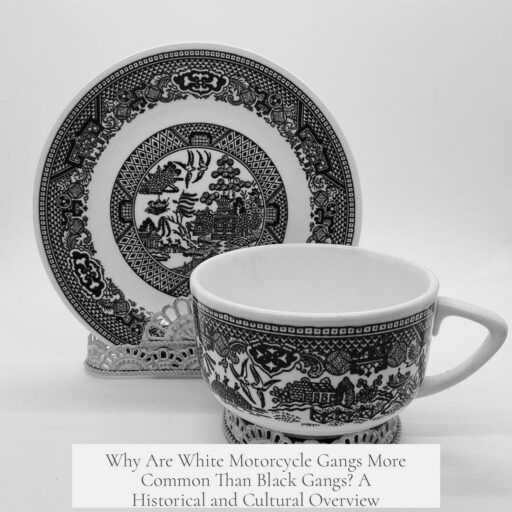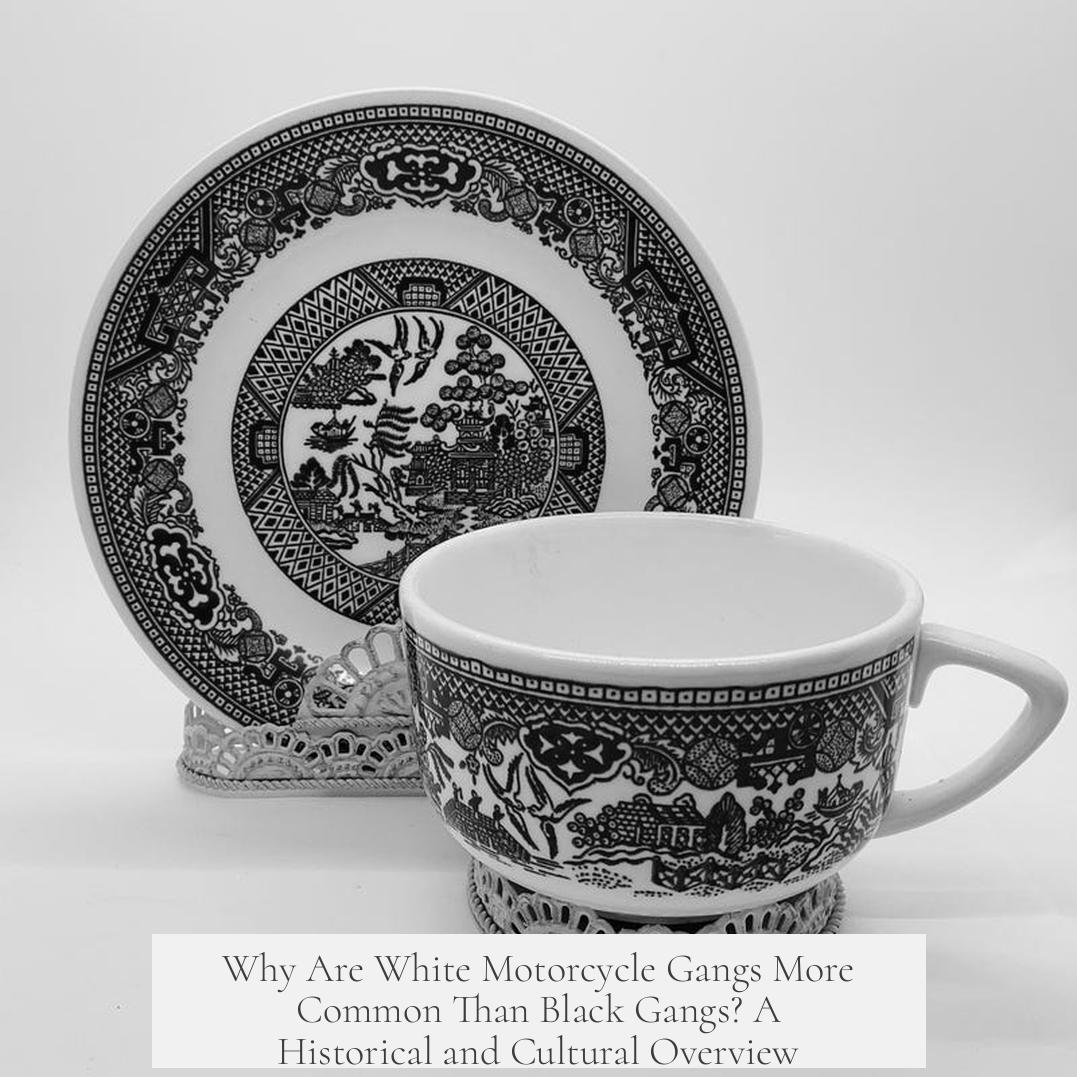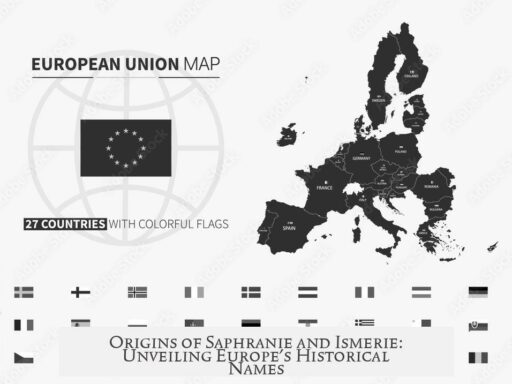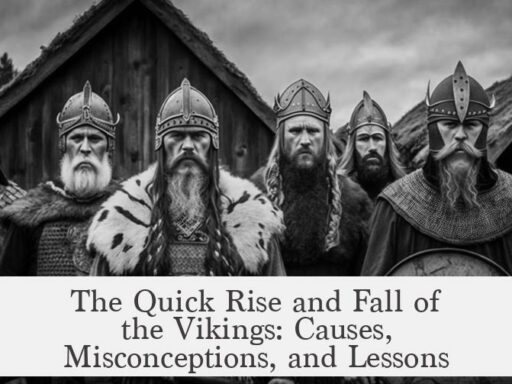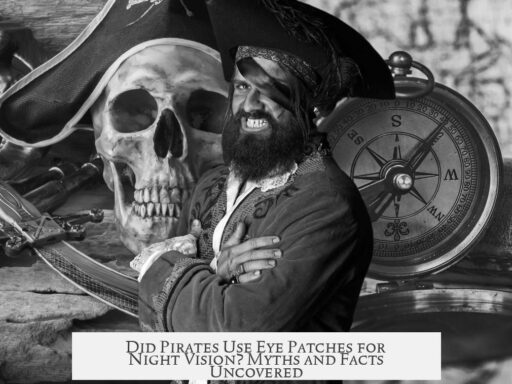There are predominantly white outlaw motorcycle gangs (OMGs) that outnumber black OMGs largely due to historical, economic, and social factors. This pattern has roots in the early development of motorcycle culture and how racial and class divisions shaped participation. However, black motorcycle gangs and events do exist and have a distinct presence with unique characteristics and regional influences.
White OMGs have historically dominated the American motorcycle subculture. This dominance links closely to broader social and economic inequalities. Black OMGs are fewer and often less widely publicized, but they maintain important local and regional footholds, especially on the East and West Coasts. Examples include events such as Black Bike Week on the East Coast and the Half Way Run on the West Coast, which highlight African American motorcycle culture. These contrast with more widely known white motorcycle events like Sturgis Motorcycle Rally and Bike Week in Daytona Beach.
Economically, motorcycles became an expensive commodity by the 1920s. Early motorcycles like full-sized Indian or Harley-Davidson models cost about $375, nearly as much as a new Ford Model T at $545. This pricing made motorcycles less accessible, especially to black Americans facing systemic employment discrimination and lower incomes. As a result, black riders adopted different motorcycles, often favoring sports bikes rather than the heavy Harley-Davidsons that became symbolic of white OMGs.
Black OMGs tend to have different organizational structures and cultural practices. They usually operate within localized or regional contexts instead of the national or global reach white OMGs achieved. Black motorcycle groups often emphasize community values and entrepreneurial pursuits that are less extreme than many white OMGs. Their use of technology like the internet for networking is also generally less pronounced. Cooperation exists microscopically between some black and white groups despite tensions; for example, the Baltimore-based Thunderbird MC acknowledges the Pagans MC, a largely white OMG.
The historical origins of motorcycle clubs trace back to competitive cycling clubs in the early 20th century. These clubs evolved as motorcycles became more affordable and available after World War II. During the war, motorcycles were mass-produced and many servicemen trained on them. Post-war surplus made motorcycles a popular and affordable recreation tool, especially among working-class white Americans. The 1947 Hollister event in California marked the birth of the “outlaw” motorcycle counterculture, as media exaggerated biker rowdiness. The public image of motorcyclists shifted, sparking the rise of the “one-percenter” biker identity — a small group branding itself as outside mainstream law and society.
Outlaw motorcycle gangs emerged primarily from lower-class social environments where cultural concerns about displacement and identity were strong. Economic hardship, social marginalization, and racial divisions shaped these groups. White OMGs also developed ties with white supremacist ideologies, attracting members with racist beliefs and often excluding minorities. Exceptions include the Mongols MC, a predominantly Chicano outlaw group. FBI data from 2013 indicates OMG members form a small fraction (about 2.5%) of overall gang members in the U.S., compared to street and prison gangs.
| Aspect | White OMGs | Black OMGs |
|---|---|---|
| Number | Vast majority | Fewer, localized |
| Motorcycle Type | Harley-Davidson required | Often sports bikes preferred |
| Geographical Spread | National/Global | Regional, especially East and West Coast |
| Use of Internet | High for networking and organization | Lower use of digital tools |
| Organizational Style | More entrepreneurial and hierarchical | Less extreme organization |
| Affiliations | Some connected to white supremacist groups | Generally separate but occasional affiliations |
In summary, the reason white motorcycle gangs outnumber black ones involves economics, social history, and cultural factors restricting black participation in large-scale OMGs. Motorcycle affordability, racial employment disparities, and distinctive cultural values shaped these outcomes. Black motorcycle culture persists robustly in many areas, just less visibly in mainstream OMG narratives.
- White OMGs dominate due to economic and social inequalities dating back to early 20th century.
- Black OMGs exist with unique culture and local focus, often favoring sports bikes over Harleys.
- Post-WWII motorcycle availability favored middle-class white riders forming organized gangs.
- White OMGs often connect with white supremacist ideologies; black OMGs usually separate but sometimes allied.
- The outlaw motorcycle counterculture arose from working-class identity and reaction against mainstream society.
Why Are There More White Motorcycle Gangs Than Black Motorcycle Gangs? Exploring History, Economy, and Culture

So, why do white motorcycle gangs seem to dominate the scene, while black motorcycle gangs appear less prominent? Has it always been this way? It’s a fair question, especially when you look deeper into history and culture. The short answer: white motorcycle gangs vastly outnumber black ones due primarily to longstanding economic and social factors. Let’s break down how this phenomenon came to be and what it means today.
First, it’s important to clarify: black outlaw motorcycle gangs (OMGs) do exist. They are real and active, with their own events and identities. For example, Black Bike Week on the East Coast and the Half Way Run on the West Coast celebrate black biker culture, much like white biker culture is celebrated at rallies such as Bike Week or the Sturgis Motorcycle Rally in the Midwest.
Despite this, white OMGs outnumber black OMGs significantly. Why? The reasons are rooted in complex economic and social realities.
Economic Hurdles: Why Money Matters
Motorcycles have never been cheap. Back in the 1920s, a full-sized Indian or Harley-Davidson ran about $375—the same period when a Model T Ford car cost $545. While motorcycles offered a relatively cheaper alternative to automobiles, that still put them out of reach for many Americans, especially black Americans, who faced economic disadvantages due to persistent employment discrimination.
This wasn’t just about buying a bike. Motorcycle ownership required spare cash for gear, maintenance, and community involvement. Economic disparities meant black riders had fewer opportunities to engage fully with motorcycle culture, which slowed the growth of black winter gangs, especially national or global ones.
A Different Vibe: Black Motorcycle Gangs and Their Culture
Black OMGs often operate in a very different environment. These gangs typically have regional, not national, reach, and members favor different motorcycles and symbols. Unlike white OMGs who almost uniformly ride Harley-Davidsons, black OMGs may use sports bikes frequently—an interesting contrast.
Black gangs also tend to be less entrepreneurial and less formalized. They don’t rely heavily on the Internet for their activities, unlike white OMGs, which often have national and even international structures. There is also a history of repression by white OMGs toward black groups, creating a complicated landscape. Yet, sometimes these groups forge surprising alliances, like the Baltimore-based Thunderbirds MC answering to the white Pagans MC.
History of Motorcycle Gangs: From Cycling Clubs to Outlaws
To understand today’s landscape, look back to the early 20th century, when motorcycle clubs evolved from bicycle clubs. Post-World War II America saw a boom in motorcycle ownership because thousands of powerful motorcycles were produced for the war, and many soldiers learned to ride them. After the war, these bikes became affordable thanks to surplus stock.
This era birthed the outlaw culture. In 1947, the Hollister, California, motorcycle rally gained infamous media attention after turning wild, marking the origin of “1 percenter” outlaw bikers—named after the American Motorcycle Association’s claim that 99% of riders were law-abiding, leaving 1% as outlaws. That countercultural flair appealed mainly to white working-class men looking for rebellion and brotherhood.
“Outlaw motorcycle gangs came about as an outgrowth of lower-class cultural concerns,” said J. Mark Watson in 1980. Issues like economic displacement and cultural anxieties fueled the growth of these gangs, especially among white males.
Race, Class, and Motorcycle Gangs
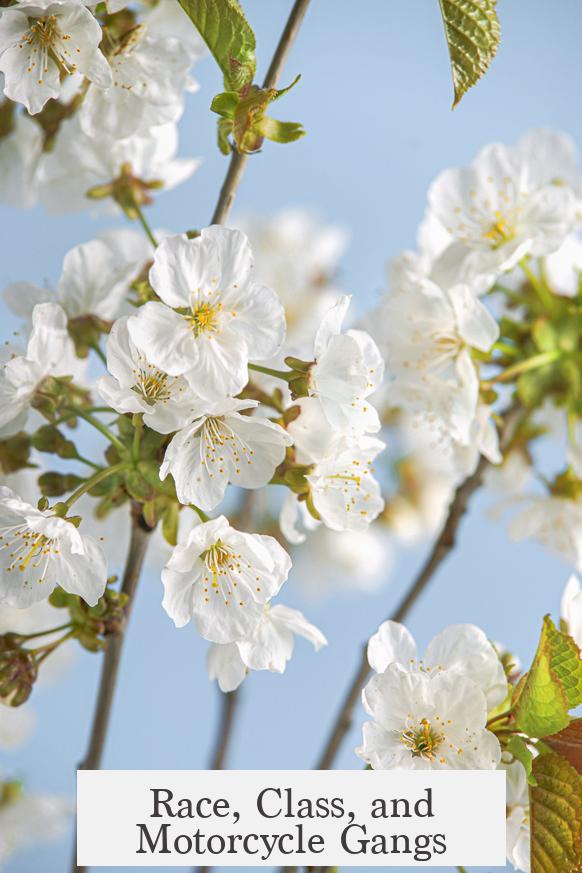
Racial tensions are woven tightly into the tapestry of motorcycle culture. Many white OMGs have been associated with racist views and white supremacy. The Mongols MC, mostly Chicano, stands out as a rare exception in the mostly white outlaw biker world. This racial divide is partly why black OMGs haven’t formed national-level organizations matching the scale of white OMGs.
Street gangs dominate the gang landscape in the U.S., accounting for 88% of gang members in 2013, according to the FBI. In contrast, motorcycle gangs only make up 2.5%. This is important to remember: OMGs are a small, but visible, faction.
Black Motorcycle Culture: Not Just Outlaws
Black motorcycling isn’t limited to OMGs. There’s a vibrant culture of black cyclists and non-outlaw motorcycle clubs. Historically, cycling clubs were popular among African Americans, underscoring community, freedom, and expression. Many of these clubs prioritize motorcycle culture without the outlaw edge, focusing more on social bonds and riding events.
This culture helps explain why black motorcycles are often sports bikes: they tend to emphasize speed and style over the Harley-Davidson-dominated “one-percent” outlaw identity. This reflects a different set of values and symbolism, not less passion for riding.
So, Why Do White OMGs Dominate?
In summary: the prevalence of white motorcycle gangs compared to black ones comes down to intersectional factors. Economic inequalities have historically limited black ownership and participation in motorcycle culture at the same level. Social structures and cultural retrospectives shaped the outlaw biker identity predominantly among white Americans, particularly post-WWII. White OMGs have stronger organization, wider economic bases, and a national/global presence.
Meanwhile, black OMGs and riders have carved out their own distinct spaces with different motorcycles, values, and reach. They operate mostly in regional hubs, often on the East and West Coasts. While black OMGs have less visibility and fewer numbers, their presence is undeniable and growing, despite challenges and repression.
What Does This Mean Moving Forward?
Motorcycling and OMGs remain a window into America’s racial and economic divides. Understanding the history and cultural differences helps dispel the misconception that black riders aren’t involved in OMG culture—they are, just in different ways.
As societal dynamics evolve, could black motorcycle gangs expand nationally? Will shared events like Black Bike Week grow in prominence? Will alliances between diverse biker groups grow stronger? Only time will tell.
What’s clear is that motorcycle culture is more than just a white man’s game—it’s rich, diverse, and complex. Next time you see a rally, look beyond the badges and bikes. There’s a fascinating story of race, history, and culture beneath the shiny chrome.
